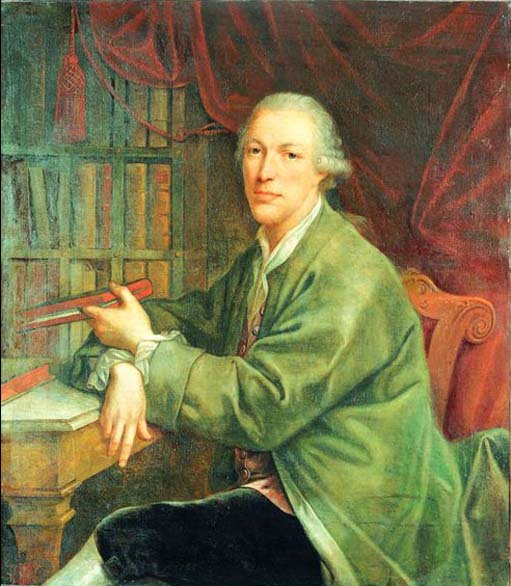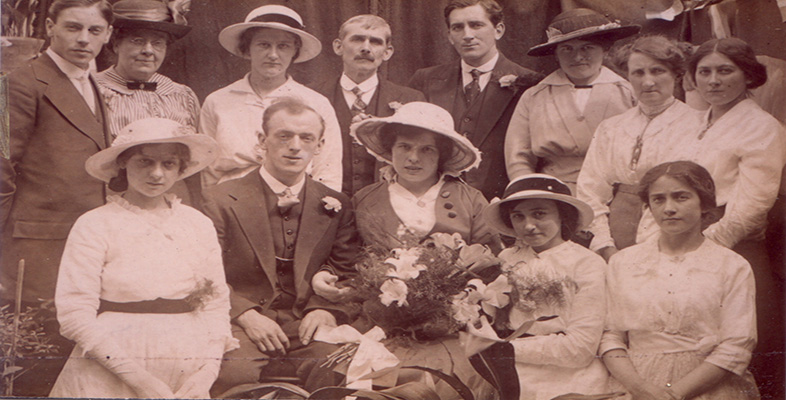3 The portrait tradition: ideology
3.1 Introducing ideology in portraiture

Portraiture emerged as the first major commercial application of photography because the camera could mechanize an established and profitable market in hand-crafted likenesses. By the early 19th century, most sectors of society had acquired the habit of buying portraits. Working people purchased penny profiles or silhouettes cut from black paper, the comfortable classes acquired miniatures of watercolours on ivory, and the rich commissioned their portraits in oils. Portrait photography retained this leading position until the end of the century.
The tradition of hand-painted portraiture in Europe dates back at least as far as the Renaissance. By 1839 painters had evolved a sophisticated professional rhetoric about the role of the portrait and the nature of the artist's interaction with the sitter. Clients, too, had expectations and attitudes based on existing practice. In mechanizing the likeness trade, early photographers were confronted with a ready-made set of ideas about the portrait and its purpose. Let's explore how photography responded to these ideas.
